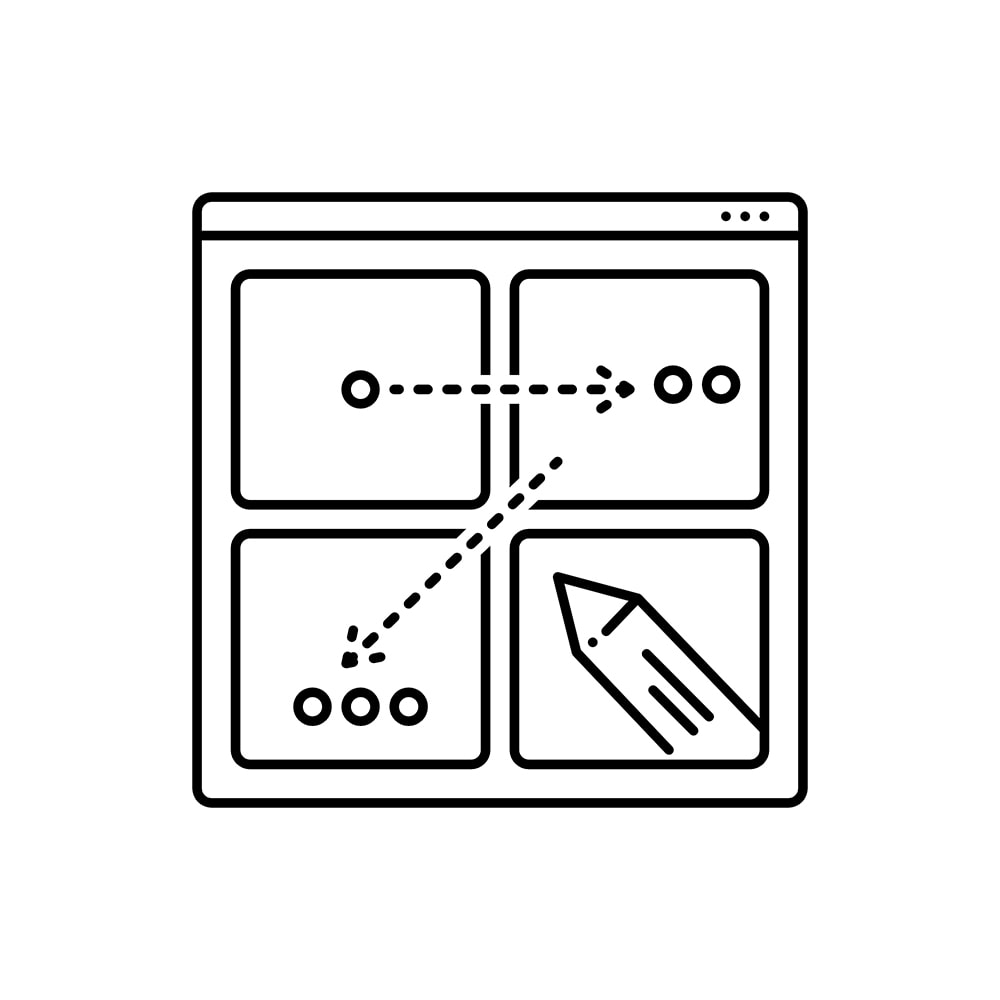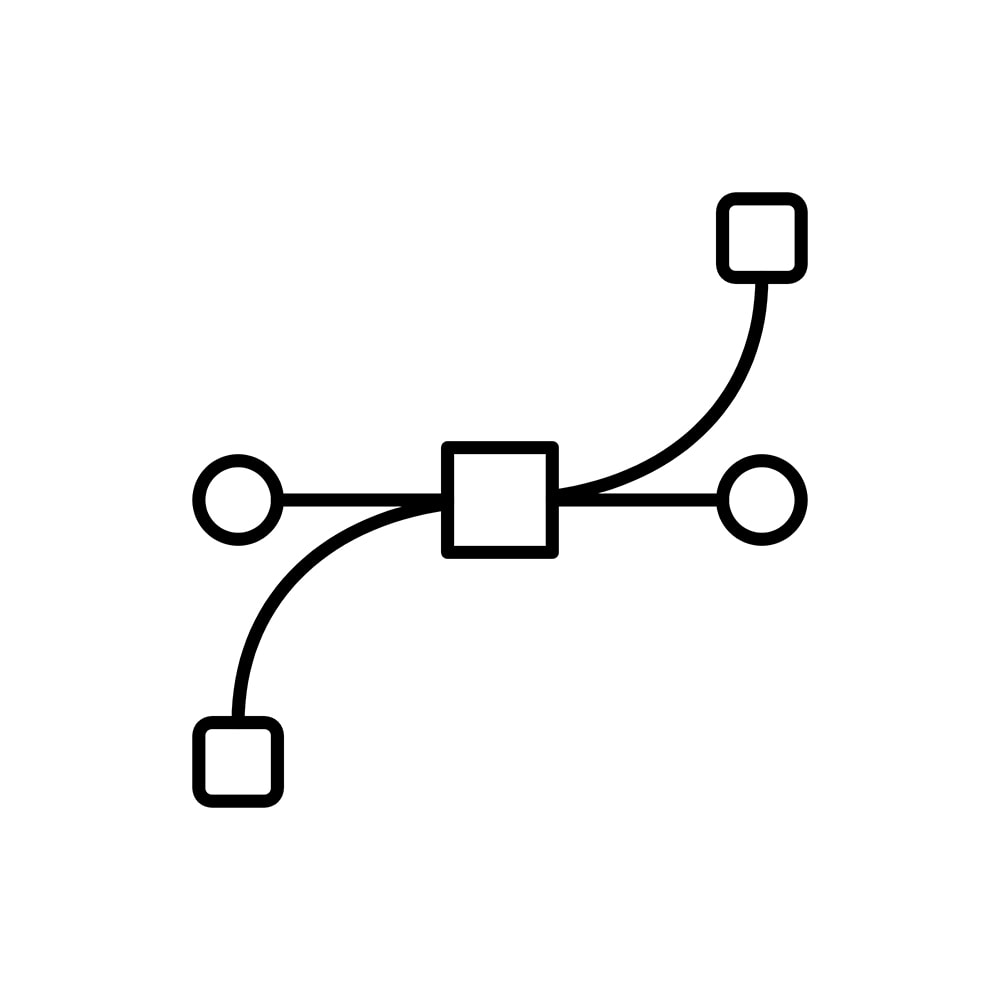Real-time rendering is no longer limited to video games. It’s becoming a game-changer in the VFX and animation industry, offering faster feedback, more creative freedom, and efficient workflows. If you’ve heard of terms like virtual production or Unreal Engine in film, you’re already seeing real-time rendering in action.
What is Real-Time Rendering?
Real-time rendering refers to the ability to generate frames instantly while viewing or interacting with a 3D scene. Unlike traditional rendering, which can take hours per frame, real-time systems produce visuals at 30 or 60 frames per second, allowing immediate feedback and iteration.
Popular engines like Unreal Engine, Unity, and NVIDIA’s Omniverse are leading this revolution by enabling filmmakers and animators to work in real time—often getting final-pixel quality visuals straight from the engine.
Why Real-Time Rendering is Important in VFX and Animation
- Immediate Feedback
Changes in lighting, materials, and camera angles can be viewed instantly, helping directors and supervisors make faster creative decisions without waiting for long render queues.
- Virtual Production
Shows like The Mandalorian used real-time rendering on LED walls to simulate dynamic environments behind actors. This reduced post-production time and allowed for natural lighting and performances on set.
- Cost Efficiency
Real-time workflows reduce the need for expensive render farms, enabling even smaller studios to produce high-quality visuals on more modest budgets.
- Cross-Team Collaboration
Departments like layout, lighting, animation, and VFX can work in the same environment, reducing miscommunication and speeding up approvals.
Real-World Uses of Real-Time Rendering
- Previsualization
Directors can block shots, adjust camera angles, and visualize entire scenes before actual filming or animation begins, saving time during production.
- Final-Pixel Renders
With tools like Unreal Engine’s Lumen and Nanite, many projects are now skipping traditional renders entirely and using real-time engines for final delivery.
- Live Broadcast & Events
Sports and award shows use real-time graphics for augmented reality elements that respond to live inputs and camera angles.
Challenges and Considerations
- Hardware Demands
To get high-quality results, you need powerful GPUs. This can be a challenge for teams working on lower-end hardware.
- Skill Transition
Artists familiar with traditional tools like Maya, Houdini, or Blender need time to learn real-time pipelines and scripting inside game engines.
- Not Always a Replacement
While great for many use-cases, some projects still require offline rendering for the most photorealistic results, especially in close-up or highly reflective scenes.
Best Practices for Using Real-Time Rendering in VFX
- Use for Previs and Layout
Start with blocking and animatics inside a real-time engine to get faster director approvals before you commit to final renders.
- Build Modular Environments
Use asset libraries and instancing to build scalable environments that remain optimized for real-time performance.
- Leverage GPU Light Baking
Engines offer tools for baking lighting and shadows efficiently. Use them to improve performance without losing visual quality.
- Collaborate in Engine
Many real-time tools now support simultaneous editing by multiple users—use this for layout, camera work, and lighting sessions.
Industries Benefiting from Real-Time VFX
- Film and TV – Virtual production, set extensions, and real-time editing.
- Advertising – Interactive product shots and real-time client reviews.
- Architecture – Walkthroughs with dynamic lighting and cameras.
- Training and Simulation – For aviation, medical, or military use cases.
As workflows become more integrated, real-time rendering is bridging the gap between different industries, making high-end visuals more accessible.
Skills to Build for the Future
- Unreal Engine or Unity Proficiency
Understanding real-time engines is becoming a core requirement for modern VFX artists.
- Optimization Techniques
Learn how to balance quality and performance by managing polycount, LODs, and lighting techniques for real-time use.
- Scripting and Blueprints
Blueprint systems (Unreal) or node-based logic can help you build interactivity or automation into your scenes without writing complex code.
Final Thoughts
Real-time rendering is reshaping the VFX and animation world. It makes production faster, more collaborative, and more creative—without compromising quality. Whether you’re a large studio or a solo creator, embracing this shift now can help you stay ahead in the evolving content creation landscape.
As technology becomes more accessible, now is the perfect time to explore how your team can integrate real-time workflows into your projects. And if you’re looking for experts to help you get started, connect with us to see how we can help bring your vision to life—faster, smarter, and in real time.










